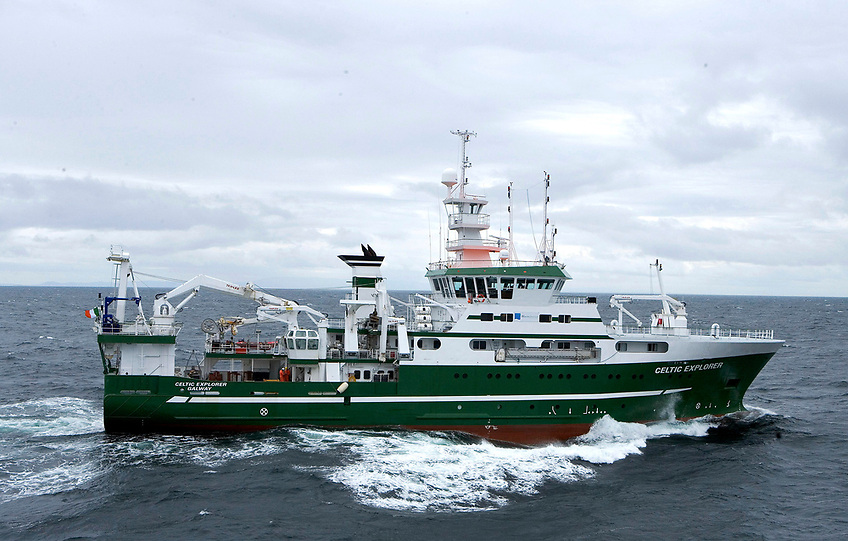Water users have been urged to “take precautions” after an outbreak of crayfish plague on the Munster Blackwater catchment.
The National Parks and Wildlife Service (NPWS), Inland Fisheries Ireland (IFI), the Marine Institute and independent ecologists are monitoring what they describe as a “worrying situation”.
Crayfish plague was first discovered in Ireland in 2015 in Co Cavan, and has spread to several other rivers across the country. However, this is the first recorded outbreak of the deadly crayfish plague in Co Cork.
The White-clawed Crayfish is a globally threatened species, and Ireland holds one of the largest surviving populations, the agencies state.
“The crayfish plague is devastating, causing 100% mortality of White-clawed Crayfish. Given the experience of outbreaks elsewhere, a total kill of the crayfish population is expected which will have major consequences for the ecology of the Blackwater, Awbeg and the whole of Munster Blackwater catchment,” they state.
"The crayfish plague is devastating, causing 100% mortality of White-clawed Crayfish"
A National Crayfish Surveillance Programme was established in 2018 as a memorandum of understanding between NPWS and the Marine Institute.
This programme uses environmental DNA (eDNA) a novel, non-invasive method of detection of the DNA of crayfish and the disease from water samples. It monitors the spread and persistence of crayfish plague throughout Ireland and the distribution of the White-clawed Crayfish.
There is no indication as to how crayfish plague reached the catchment but the disease is easily transmitted in water or via contaminated equipment, such as kayaks, waders or nets, they state.
“ It is completely harmless to people, pets, livestock and all other freshwater organisms,”the agencies say, but is of “great concern” as it is within the Blackwater River (Cork/Waterford) Special Area of Conservation (SAC), which contains an internationally important population of White-clawed Crayfish.
The NPWS and IFI are urging all users of any river to implement the “Check, Clean and Dry” protocol, which involves routine checking, cleaning and drying of equipment after leaving a river and before entering another waterbody.
This involves cleaning everything that has been in contact with the water using hot water (above 45oC) or a high-pressure spray if possible, followed by a drying period where all equipment and wet gear is dry for at least 48 hours.
This should be “adopted as standard practice in all freshwaters”, they state, and everything should be disinfected if complete drying is not possible.































































